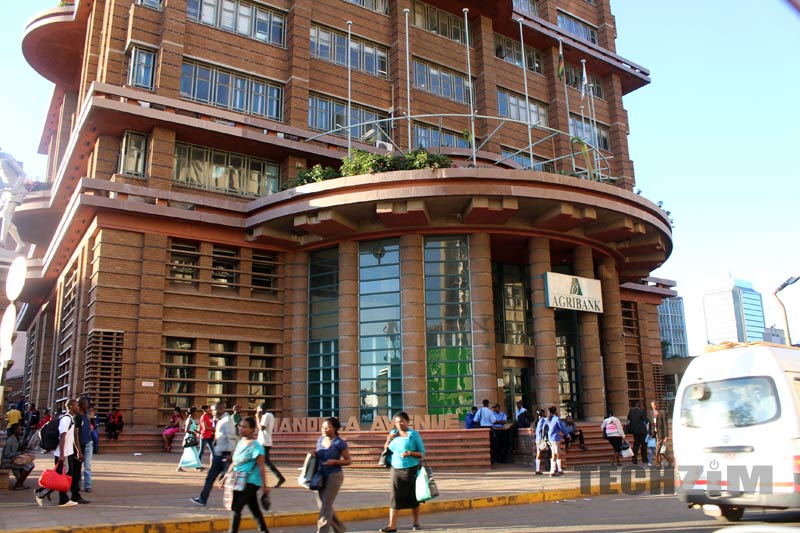Agribank has just registered a profit amounting to 2,9 million in the first five months of the year to May 31, 2018. The bank was once infamous for its series of losses until 2016 when the bank got back on its feet and recorded profits (for the first time) in as many years. The bank went on to post its second batch of profits in 2017 when it recorded a $7.9 million profit.
The turnaround of its fortunes (starting from 2016) came as a result of $30 million injected by the government in 2015 to make the bank compliant with the Reserve Bank of Zimbabwe’s minimum capital requirements. Agribank is jointly owned by the ministries of Finance and Economic Development and Agriculture with 50% shareholding apiece.
As the sole owner, Government instructed Agribank to reduce and suppress its staff costs below the ceiling of 30% in line with the directive issued by Government to all state-owned enterprises. The bank has since then complied and reduced staff costs to 29%, 1% below the government threshold.
To achieve this, the bank went on a spree of retrenching 205 of ist costs and inadvertently incurring costs of up to $4, 3 million in retrenchment costs. And this has marginally contributed to the bank’s profitability.
Whilst costs are there to worry about, the bank should probably pay attention to corporate governance and financial management systems. Allegations of politicians holding the bank to ransom forcing it to make lending poor decisions have surfaced. Although Agribank says that improved corporate governance was critical in turning the bank from loss-making, I think the government $30 million loan was more instrumental in improving the bank’s fortunes.
Not forgetting that Agribank was one of many banks that that grappled with nonperforming loans. But the bank managed to sell of non-performing loans (NPLs) valued at $17 million to government’s bad debt special purpose vehicle, ZAMCO. This lowered its bad debt ratio to 13, 9 percent against the industry average of 11 percent.
